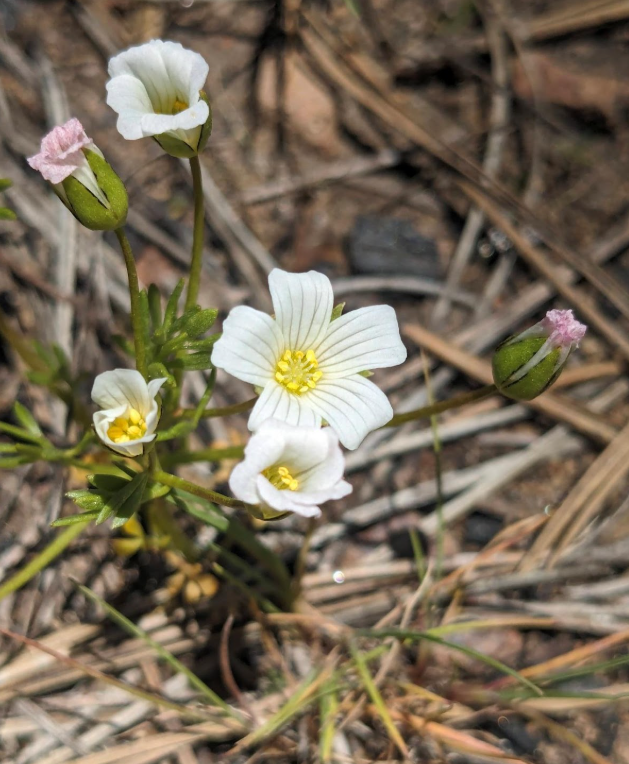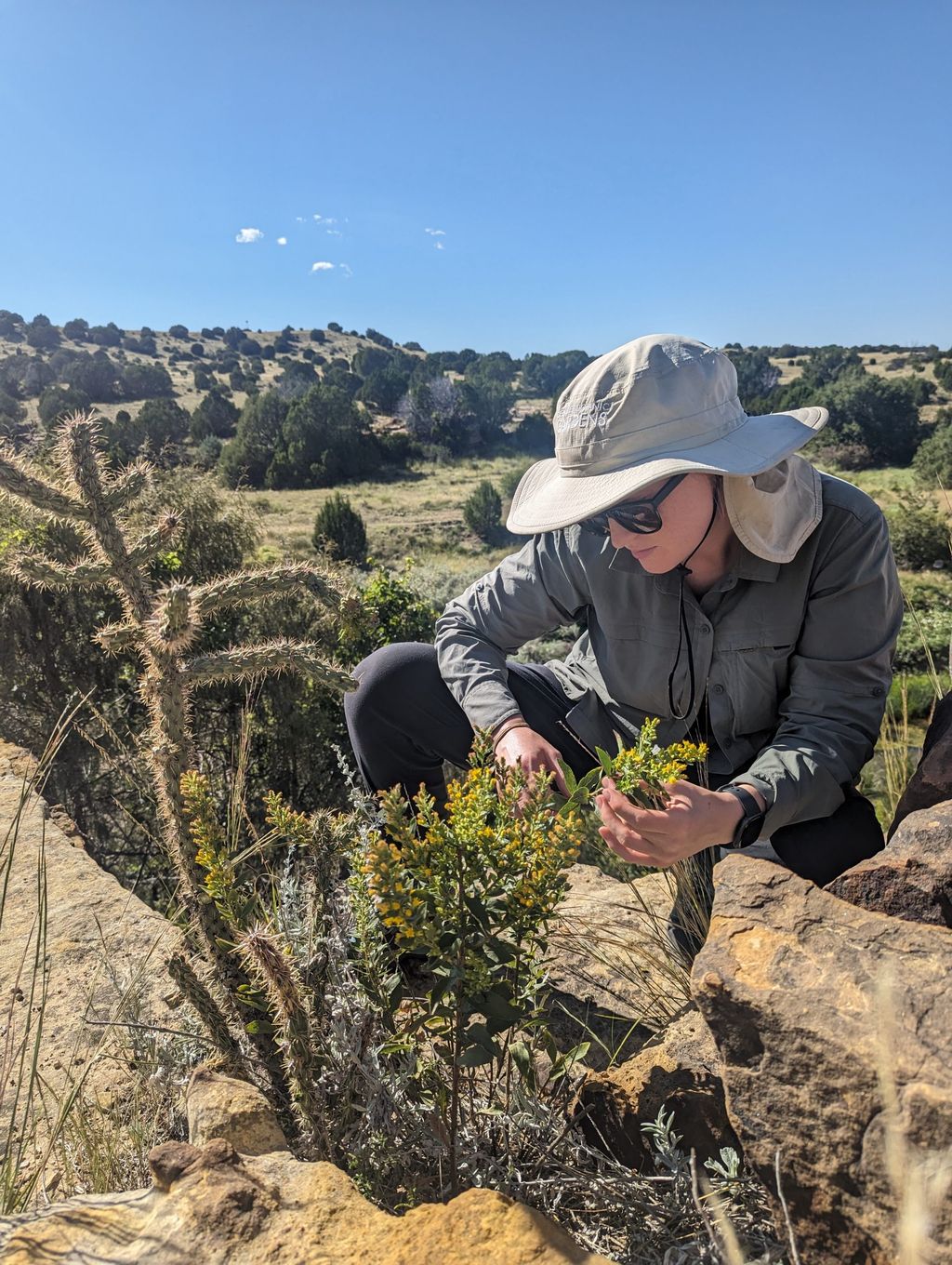Conservation of rare plant taxa found in the Cleveland National Forest, USA

-
Status of project
Completed -
Region
North America -
Country
United States of America -
Programme
BGCI -
Workstream
Saving Plants -
Topic
Plant Conservation
Funded by US Forest Service via the Global Botanic Garden Fund
Project Completed: 2025
Institution: San Diego Botanic Garden (SDBG)
Enhancing the integrated conservation of three plant taxa of conservation concern occurring in Cleveland National Forest, USA
Introduction
San Diego Botanic Garden partnered with the US Forest Service (USFS) to enhance the conservation of three rare plant taxa found in the Cleveland National Forest. This work aimed to bridge gaps in species data, increase population resilience through seed banking, and support long-term recovery planning for these at-risk species.
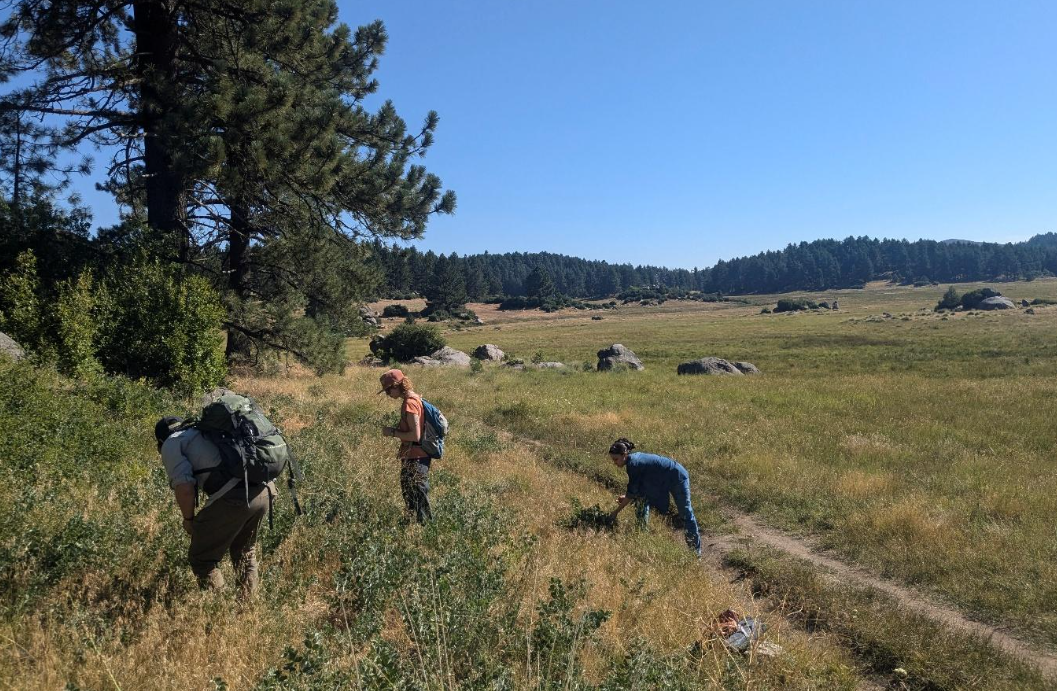
Project Goals
The project’s main objectives were to support the USFS’s efforts in managing wild populations and to bolster the long-term conservation of the target species through seed collection, storage, and germination testing. Specifically, the team sought to locate new populations, assess existing ones, collect genetically diverse seeds, and store them under secure conditions for future research and restoration work. Target species: Lessingia glandulifera var. tomentosa, Limnanthes alba ssp. parishii and Thermopsis californica var. semota.
Key Achievements
Several significant accomplishments were made over the course of the project. A new population of Lessingia glandulifera var. tomentosa was discovered within national forest boundaries—an important addition to known records for this species. For Limnanthes alba ssp. parishii, staff conducted successful surveys and seed collections across four occurrences, capturing strong genetic diversity in the process.
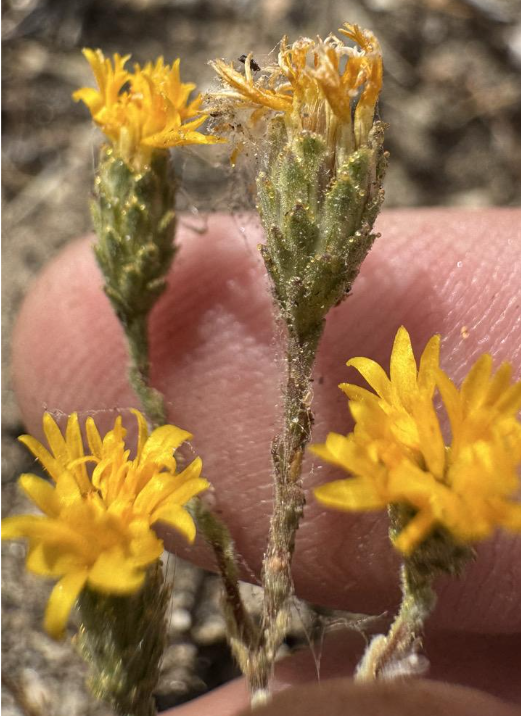
Despite challenges in accessing some locations and the timing of flowering cycles, over 300 maternal lines were secured. Surveys of Thermopsis californica var. semota confirmed previously recorded populations and revealed concerns regarding low seed viability, likely due to clonal propagation.
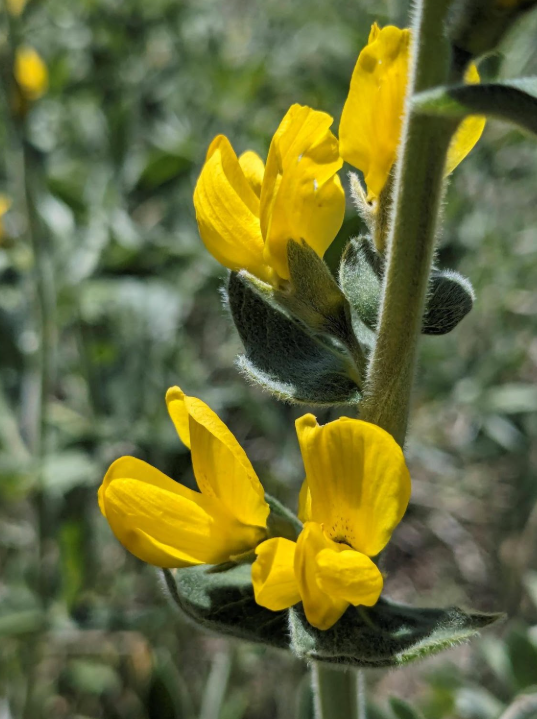
The project contributed valuable data to conservation databases, secured seed collections from multiple populations, and increased USFS capacity to manage rare plant species through field data and propagation insights. It also highlighted the importance of strategic timing and access coordination for seed collection and raised awareness of potential limitations in conventional seed banking for certain taxa.
